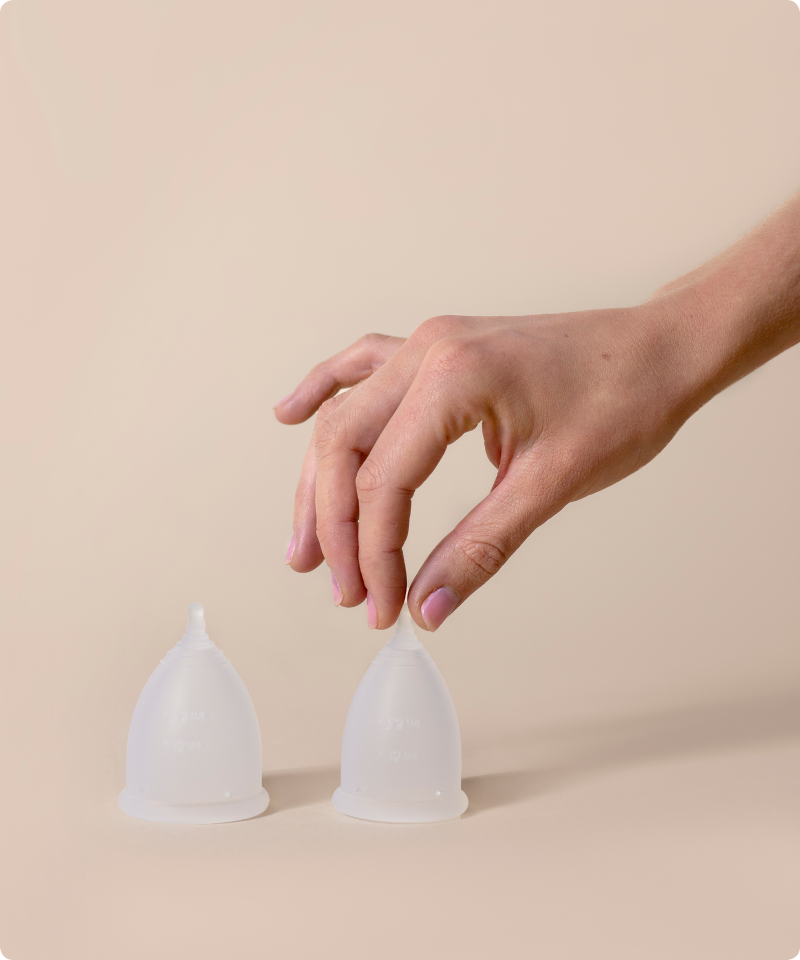The different stages of endometriosis: stages 1-2 and stages 3-4
There are various forms of endometriosis. Here is a short overview of the differences.
Endometriosis stage 1 and 2
Endometriosis stage 3 and 4
Adenomyosis
Endometriosis stage 1 and 2
This is the most common stage of endometriosis. About 90% of people who are diagnosed with endometriosis, have endometriosis stage 1-2. Abnormalities are usually not found in a physical exam, ultrasound, or MRI. People often speak of a mild form of endometriosis, but this can be misleading. The stage of endometriosis says nothing about the degree of (pain)symptoms that can be associated with the condition. There are people who have stage 3-4 and experience no pain and there are people with stage 1-2 who experience severe pain.
Endometriosis stage 3 and 4
In stages 3-4, we speak of deeply invasive or deeply infiltrating endometriosis. Approximately 10% of people who have endometriosis have stage 3-4. The endometriosis can affect the vagina, bladder, ovaries, or diaphragm and this can have serious consequences. Stage 3-4 are usually diagnosed through a physical examination, or an ultrasound. In some cases, an MRI or keyhole surgery (laparoscopy) is needed to examine the endometriosis more clearly.
Tessa and Linda both have endometriosis stage 3-4, or in other words, deep infiltrating endometriosis. You can read more about Linda’s (44) story here and more about Tessa’s (32) story here.
Adenomyosis
This is a chronic condition where the cells from the endometrium end up in the wrong place. The difference with endometriosis, however, is that the cells lodge in the muscle wall of the uterus, instead of in places outside the uterus - as is the case in “normal” endometriosis. The muscle layer, therefore, becomes a kind of menstrual sponge and reacts to the female hormones (estrogen and progesterone) in the same way as cervical mucus in the uterus: becoming thick, shedding, and bleeding.
Do you want to read more about adenomyosis? You can read an in depth article here.
We want to add that people can have both endometriosis and adenomyosis. Unfortunately, this is the case sometimes.

























